A future full of surf parks and man-made waves is nearly upon us.

James Harold aka DJ James Z at Disney’s Typhoon Lagoon Wave Pool in Orlando, Florida
Originally published on June 20, 2016 in Play & Playground Magazine and PlaygroundProfessionals.com
Written by John Luff, President & Founder of Surf Park Central
A future full of surf parks and man-made waves is nearly upon us. With several new venues having opened over the past two years and many more coming online in the near future; it’s now, more so than ever, becoming a relevant topic in today’s destination development conversations.
The state of surf pools and man-made wave technology is evolving at a rapidly increasing pace throughout the world and within the next 5-10 years there may very well be surf parks and man-made surfing destinations in major cities throughout the world.
From our perspective at Surf Park Central, it’s important to first define what we believe a surf park should encompass. At the base level, a surf park is a recreational action and adventure water sports facility for enthusiasts of all ages who have an interest in surfing and riding waves. Surf parks are man-made surfing destinations that feature surf pools, wave machines and/or surfing lagoons offering high quality waves and encompass the best of beach culture and the surf lifestyle. Unlike your typical day at the beach, surf park experiences can guarantee ideal conditions for surfing in a safe and controlled environment.

Conceptual Rendering of the SurfLoch SurfPool Rif010 Project in Rotterdam, The Netherlands. Photo: Wave Loch
Why Surf Parks?
Surf parks are ideal sports, leisure and entertainment anchors for hotels, resorts, shopping centers, entertainment districts and sports parks but can also work as stand alone venues. Using less space, less water and requiring far less maintenance than a ski resort or golf course, but with a much greater appeal and focus on surfing and the beach lifestyle environment. Surf parks serve to create a unique real estate development initiative that will stand well clear of the competition, increase the geographical reach of the available market and increase overall demand, price and sales rates for new property developments.
Centered around large surf pools and man-made surfing lagoons, surf parks are commercial venues offering better waves than those in the ocean the majority of the time. These include beaches, crystal clear waters, bars and restaurants, retail, outdoor event space, hotels, spas, gyms, athlete training facilities, ancillary sports and significant expansion possibilities.

Surf Park Concept Nightlife Rendering by Webber Wave Pools
Surf parks are designed to accommodate global events and in addition to being used on a daily basis by the local populations, they will also rank amongst the most iconic and marketable tourist attractions, giving a boost to the real estate in the immediate vicinity, and to the image, economy and sporting level of the regions and countries in which they are located.
Even though wave pools capable of producing waves suitable for surfing have been around since the late 1960s when Phil Dexter revealed Big Surf Arizona to the world; it’s only been in the past few years that dedicated surf parks have begun to enter the realm of viable business opportunities.
A variety of surf venues featuring a broad range of wave generating technology types have opened for business over the past 2-3 years. The largest of these, Surf Snowdonia in the UK, opened last fall and is now in its first full season of operation. There’s currently several more under development domestically including Doug Coors’s NLand Surf Park set to open in Austin, TX this spring. Globally there’s significant activity with projects in various phases of development in Australia, Austria, Canada, China, Germany, Japan, the Netherlands, Russia, Thailand, South Korea, the UAE and beyond. This doesn’t even begin to take into account all of the projects early in the conceptualization / planning stages that are still flying under the radar.

Albee Layer on his path to victory at the Red Bull’s Unleashed event in the Wavegarden at Surf Snowdonia. Photo: Red Bull / Olaf Pignataro
To put it simply, the surf park industry is gaining momentum and already making waves available to people around the world in places far beyond the oceans and coasts.
What has recently changed that makes now a good time to develop a man-made surf feature/venue?
- There’s a variety of factors that make now the best time in history to begin development on man-made surf destinations. Between the International Surfing Association’s big push for Olympic Surfing potentially being made official in August of this year to the experience driven economy that is changing the way people spend money, now is the time.
- The advances and innovations that have been made in the wave technology sector over the past few years were in large part made possible by the correlating advances in computing power. With wave technology companies now having access to reasonably priced computing power they’re able to simulate, test and rapidly innovate their new wave generating technology and pool / lagoon designs. This has led to some of the best man-made waves the world has ever seen being brought to the market in the past six months.

Kelly Slater enjoying his Super Session Saturday. Photo: Kelly Slater Wave Company
Why aren’t there already dozens or hundreds of surf parks in existence around the world today?
- There’s many reasons that could be listed here although it’s worth noting perhaps the two biggest factors that to a certain degree run in parallel.
- As of today there’s still no dedicated surf park venue on the planet featuring a large wave / surf pool capable of generating a full spectrum of waves ranging from beginner (1-2’) – professional/elite level (6’-8’+) that has proven the long-term economic viability of these types of projects. Once we begin to see the current generation of surf parks continue to be developed and achieve stabilized (and profitable) operations you’ll soon see surf parks being developed in major markets on a global scale.
- Perhaps one of, if not the largest variables at play here that has enabled a profitable surf park business model is the technology innovations in the wave generating sector that have taken place over the past few years. While not every business model can support every wave technology there’s certainly several that should work quite well as long as these surf pools and man-made surfing lakes are able to perform to the level their manufacturers are promising.
What is the demographic profile of the average surfer and surf park customers?
- Surfing is an interesting recreational pursuit / sport when evaluating the demographics as it encompasses people from both genders and nearly every age, nationality, religion, ethnicity and culture.
- In the U.S., the common surfer has a median age of 34 years old, household income exceeding $75,000 USD and a willingness to travel significant distances in search of waves. On a ‘per-surf’ basis the average U.S. surfer is spending nearly $40 per session chasing waves found in nature.
- When we begin to take into account demographics specific to surf park customers what we often find is that it’s a very broad spectrum. The ages vary greatly and oftentimes you’ll see 3 generations participating and sharing waves simultaneously within a single surf session. The majority of the customer base within a surf park is made up of first-time beginners to beginner / intermediate surfing ability levels. This is generally rounded out with both the local / destination crowd and membership base that have more advanced surfing skills and desire larger / more high performance waves.

Rob Kelly on the SurfStream by American Wave Machines at Surf’s Up NH. Photographer: Carter McCoy
Some of the most common questions arising from developers contemplating investments in wave machines, surf pools and surf parks include:
-
How much land is required / how much space do I need for a wave machine, surf pool or man-made surfing lake?
- This is a question with a broad range of potential answers which ultimately depends on the vision of the developer / investment group and the potential constraints of site size and the project budget.
- If you’re taking into account only the wave machine / surf pool size this can range in space allocations comparable to a tennis court (2,000+ square feet) to that of over 10 football fields (57,600 square feet each) and nearly anything in between.
-
What are the capital requirements? How much is it going to cost to build?
- With a large range of wave generating technologies, manufacturers and overall man-made wave system sizes there’s a correspondingly large range in overall capital requirements.
- When assessing the landscape of wave technology choices capable of delivering waves suitable for surfing it’s also important to take into consideration the capital / cost implications of delivering different types of surfing experiences.
- For example: If you want to build a standing wave / stationary wave machine this can be achieved within budgets ranging from +/- $1m to $3m USD. If you’re looking to build a world class surf pool / man-made surfing lake this will likely require investments ranging from +/- $10m – $25m and beyond. With this in mind, it’s good to understand that a surfing feature / attraction is capital intensive and will require investment levels ranging from $1m-$25m+++.
-
What’s the best business model?
- Depending on what the surrounding real estate currently is (hospitality, retail, residential, sports park, etc…) or what the proposed master plan calls for there are several models that can perform well depending on the developers / investors definition of success. Developing the appropriate size and type of venue will depend upon a variety of factors that will ultimately need to be explored and discussed in detail prior to committing to a specific business model.
- If you’re a municipal or government entity your definition of success is likely different than that of a private development / investment group. There’s several ways and operating models in which you can design and build a surf park facility that earns revenues exceeding the operations / maintenance costs while still providing a positive socioeconomic impact.
-
Is our city / market a good candidate for a surf park?
- Determining the feasibility and economic viability of developing a surf park is serious business. Prior to making major decisions on wave technology choice, size of the surf feature / attraction and the overall feature / amenity offering there should be a focus on market research and gaining a clearer understanding of what the market can sustain.
- It’s also important to take into account the local, regional, domestic and international destination appeal of your venue if designed, built and marketed appropriately. If you’re looking to draw a significant amount of your customer base from distances far and wide this needs to be a clear goal from the outset and made known to your entire project team from day one of your feasibility and planning process.
-
What’s the optimal feature and amenity mix within a surf park?
- This is one of the most important questions when it comes to the conceptualization, planning and design of your venue. Variables at play include the market you’re in, the primary customers you’ll be targeting, the capacity of your venue and the estimated average amount of time people will be spending on your property.
- The feature and amenity mix can vary greatly depending on the property type and the overall business model. Generally speaking, the primary elements include a surfing feature, food & beverage component, retail space and supporting facilities (admin, restrooms, locker rooms, etc…) If it’s a larger venue and the owner / investor group is looking for a greater destination appeal then the necessity of a broader amenity / attraction mix comes into play.
-
What are the key positions and areas of expertise that a surf park project team should be comprised of?
- From the outset it’s critical to the future of your project to assemble a team that will give your surf park development the highest likelihood of making the journey from concept to an operationally successful reality.
- Key team members may include those with relevant experience in aquatics development, design, architecture, engineering, finance, project management, operations real estate development and specialty expertise in the planning, development and operations of surf parks and man-made surf venues.

Swisscom Mobile Citywave Tour in Zurich, Switzerland. Photo: Citywave
Now, more so than ever in history, the world is talking about investing in and developing man-made surf destinations. In 2015, more people surfed outside the ocean in pools and on man-made waves than ever before. This is not a fad, it’s already proving to be a trend that will continue to grow at a rapid pace.
To learn more we encourage you to attend Surf Park Summit 2, the international conference on man-made surfing destinations. Hosted by Surf Park Central and San Diego State University’s Center for Surf Research in conjunction with Surf Expo on September 7, 2016 in Orlando, Florida.
Request an invitation at SurfParkCentral.com/SurfParkSummit2
About the Author // John Luff
President and Founder of San Diego based Surf Park Central, the world’s leading resource for surf parks, surf pools and the development of man-made surf destinations. John is also Co-Founder and a Managing Director at Surf Park Solutions. Together, these businesses are leaders in development, consulting and media services to the emerging surf park industry.




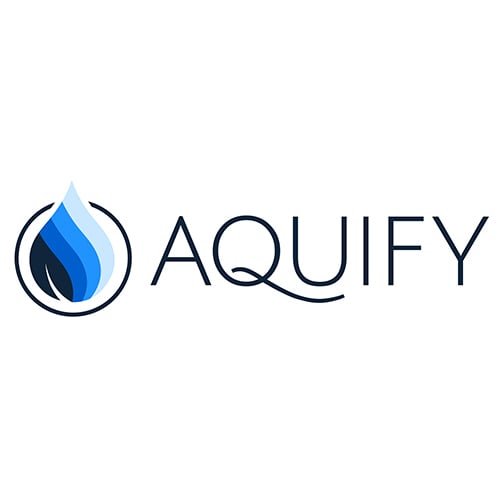
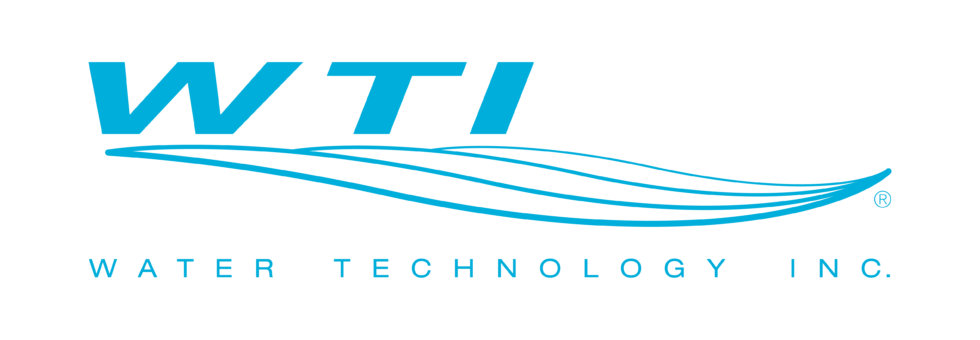

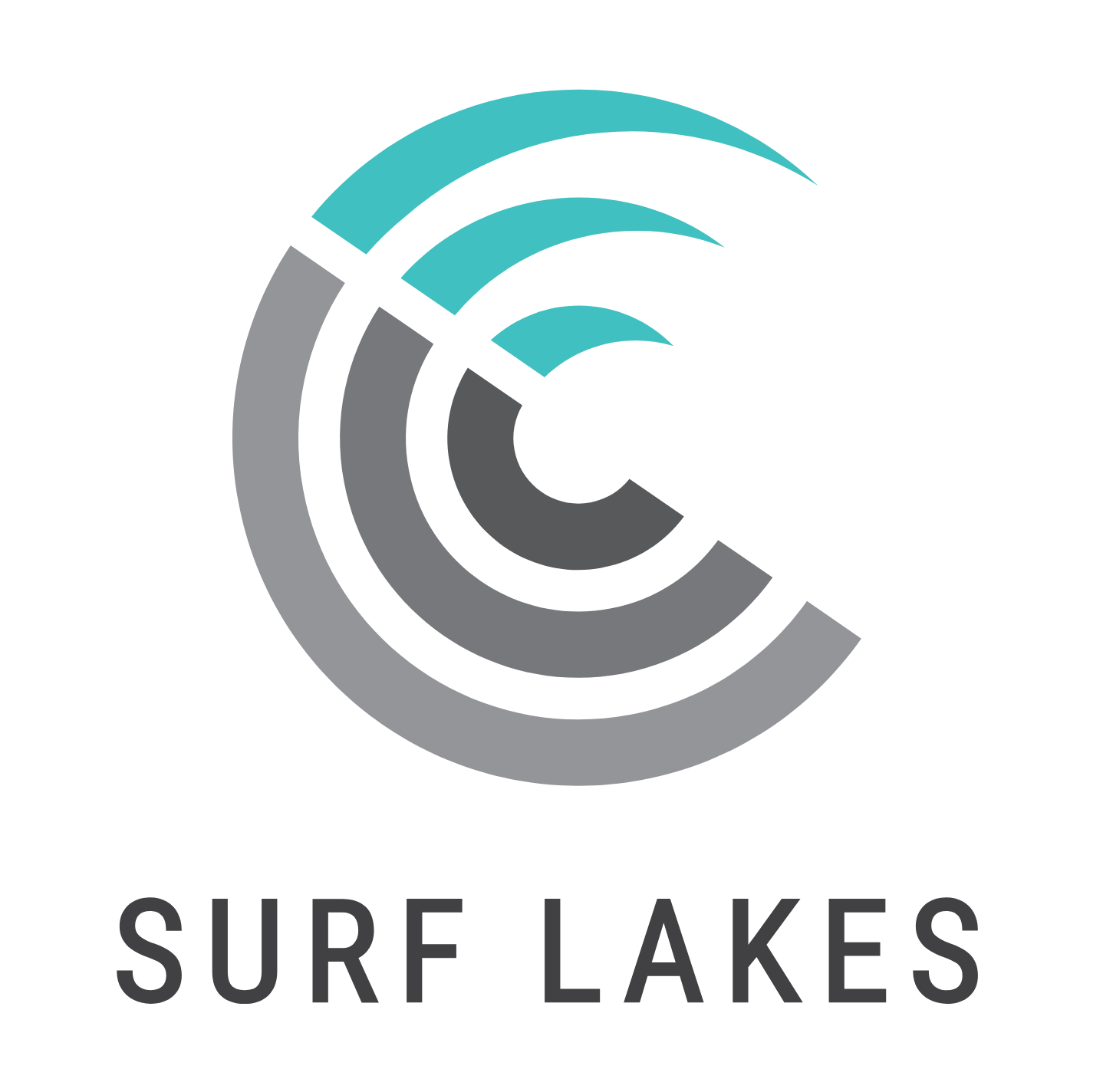











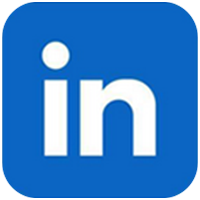
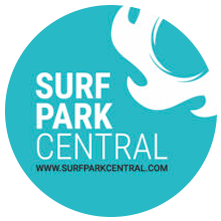










Pingback: CitySurf Urban Surf Park Proposed for Downtown Vancouver